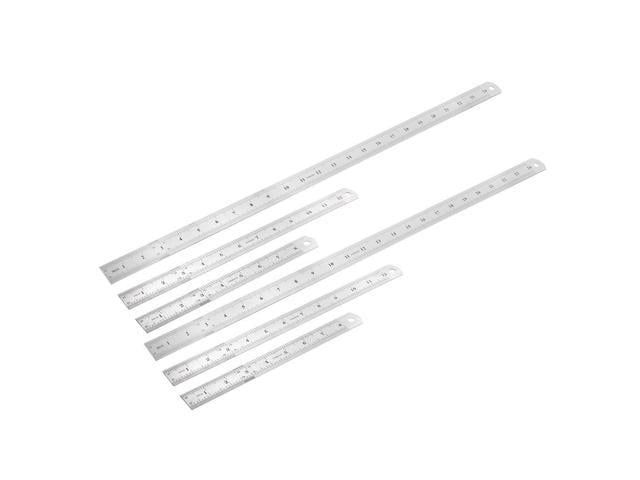Excerpt from Bulletin of the American Ethnological Society, Vol. 1
The pumps figured are of wood, inclined from the perpendicular, and, like the bellows, formed of plank, and worked each by a man applying his force directly to the rod attached to the piston. The length of each, judging from the stature of the men, does not exceed fifteen feet.
The limit of what was called in Europe nature’s repugnance to a vacuum was necessarily known empirically to Oriental as to Western artisans, whether the true cause was known to their philosophers or not.
The interest of the book does not cease here. Besides different shades of ink, contrasting with dark outlines of the figures, several colors are used - red, yel low, flesh color, and a kind of neutral tint. The general impression would be that these were laid on by the hand; but such is not the fact. The book is printed in colors. This is obvious from the registering. The tints are found lapping over the lines in one and the same direction. Indeed, the fact is con firmed by the examination of other illustrated Japanese works, especially some on natural history, in possession of the president of the Society, procured by him at the Hague, while United States minister. Hence a branch of printing, of comparatively very recent date with us, has been for ages common with this people.
About the Publisher
Forgotten Books publishes hundreds of thousands of rare and classic books. Find more at www.forgottenbooks.com
This book is a reproduction of an important historical work. Forgotten Books uses state-of-the-art technology to digitally reconstruct the work, preserving the original format whilst repairing imperfections present in the aged copy. In rare cases, an imperfection in the original, such as a blemish or missing page, may be replicated in our edition. We do, however, repair the vast majority of imperfections successfully; any imperfections that remain are intentionally left to preserve the state of such historical works.















